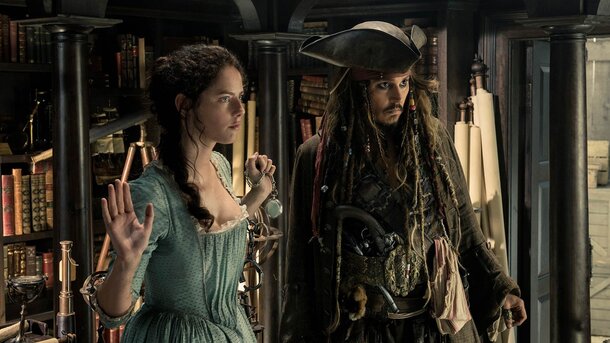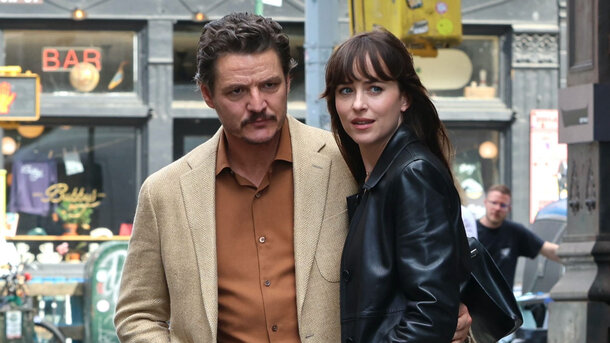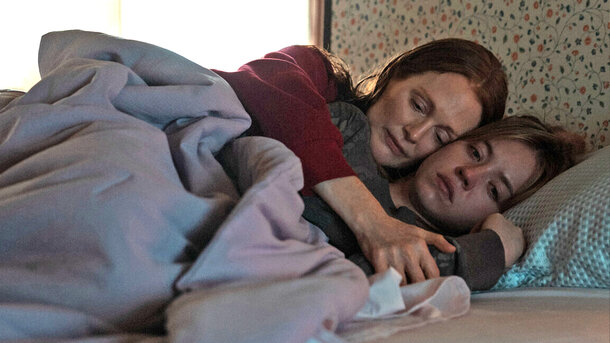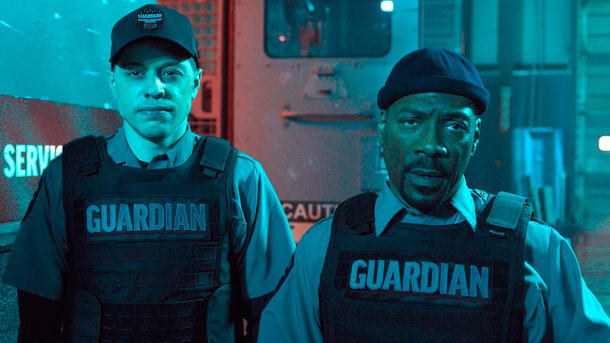The death of Pope Francis has brought the mysterious and dramatic process of electing a new pontiff back into the spotlight. With the doors of the Sistine Chapel closing, the conclave begins, and the cardinals select a successor. Recently, this process has gained public attention through films like The Two Popes, Conclave, and TV series like The Young Pope and The New Pope. But how much of what we see in these dramas reflects the real election process?
In this article, we compare the actual papal election process with its portrayal in modern films, exploring the voting, internal politics, and Vatican procedures, alongside what’s shown on screen.

Traditional Conclave Process:
- Announcement of the Vacancy of the Holy See: After the death of the pope, the vacancy of the Holy See is officially announced. This marks the beginning of the preparations for electing a new pontiff.
- Sequestration of Cardinals: Cardinals eligible to participate in the election are isolated from the outside world and reside in the Domus Sanctae Marthae, where they are provided with living and dining accommodations.
- Voting: In the Sistine Chapel, the cardinals conduct secret votes. Each cardinal writes the name of a candidate on a ballot and places it in a box. To be elected, a candidate must receive two-thirds of the votes.
- Signal of the Result: After each vote, the ballots are burned. If a pope is not elected, the smoke will be black; if elected, the smoke will be white, signaling the result to the faithful around the world.
- Announcement of the New Pope: After the election of a pope, the Dean of the College of Cardinals steps out onto the balcony of St. Peter’s Basilica and announces "Habemus Papam" (We have a pope), revealing the name of the new pontiff and his papal name.

Dramatic Elements in the Films:
Despite adhering to the basic canonical procedures, films often add fictional elements that heighten the drama:
- Unusual Candidates: Conclave features Archbishop Vincent Benitez from Kabul, secretly appointed in pectore by the pope, which violates canonical law since such appointments lose their validity after the pope’s death.
- Political Intrigue: In films, cardinals are involved in complex political maneuvering, investigations, and scandals, adding additional tension to the election process.
- Fictional Characters: For instance, some films introduce a sister character who influences the election — an entirely fictional figure with no real-life counterpart.

Influence of the Series The Young Pope and The New Pope.
The portrayal of papal elections in these series significantly deviates from real Vatican practices:
- Emotion and Chaos: In the series, voting is depicted as more emotional, with unexpected twists. In reality, the election occurs over several rounds, and the result is only known at the official white smoke announcement.
- Breaking Canonical Rules: In the series, cardinals sometimes act arbitrarily, violating strict church rules. In reality, cardinals cannot be excluded from voting or refuse to participate.

Real Results:
- Refusal of Election: In reality, once a pope is elected, he cannot refuse the election. In The Young Pope, Pope Pius XIII falls into a coma, and the cardinals are forced to search for a new candidate — an interpretation that strays significantly from reality.
- Strict Process: In real life, the conclave is a highly formalized process. Cardinals are isolated from the outside world, and a candidate must secure two-thirds of the votes. If this isn’t achieved, further rounds of voting are held.
- Personal Drama: In The Two Popes, the resignation of Benedict XVI and the election of Pope Francis is framed through personal drama and the interaction between two main characters. In real life, Pope Benedict XVI decided to step down and focused on passing the baton to his successor, Jorge Bergoglio (future Pope Francis).

Conclusion:
The process of electing a new pope in reality is strictly regulated by canon law and tradition. However, films and TV shows introduce fictional elements to amplify the drama, often leading to deviations from actual church rules and the portrayal of events that are far from reality.











